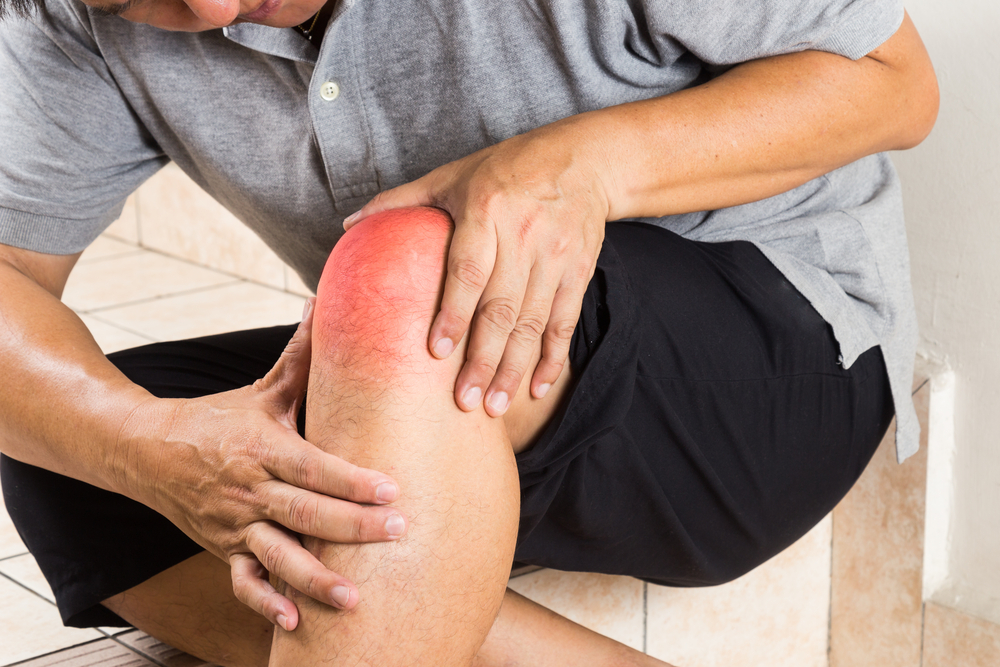Is it normal to live with chronic pain?
Chronic pain is a multifaceted and difficult ailment that affects millions of individuals worldwide. Chronic pain, as opposed to acute pain, which is usually a warning sign of damage or sickness, lasts long after the original injury or illness has healed. It may have a substantial influence on quality of life, making even basic chores difficult to do. This thorough guide will look at everything from the origins and symptoms of chronic pain to treatment choices and coping tactics.
Tapentadol 200mg is a larger dose of the medicine used to treat moderate to severe pain. Tapentadol 200mg, like the 100mg dosage, is an opioid analgesic. Its mode of action includes binding to the mu-opioid receptor and blocking norepinephrine reuptake, resulting in dual pain relief benefits.
What is Chronic Pain?
Chronic pain is defined as pain that lasts longer than three to six months despite adequate medical care. It may be caused by a multitude of underlying problems, including musculoskeletal ailments, neuropathic conditions, autoimmune diseases, and psychological issues. Unlike acute pain, which serves a protective purpose, chronic pain often has no known cause and may become a severe illness on its own.
Common causes of chronic pain
Numerous illnesses and causes might lead to the onset of chronic pain. Some of the frequent reasons include:
Musculoskeletal Disorders
Musculoskeletal illnesses, including arthritis, fibromyalgia, and low back pain, are the primary causes of chronic pain. These disorders have an impact on the muscles, bones, and joints, resulting in chronic pain and limited movement.
Neuropathic conditions
Neuropathic disorders, such as diabetic neuropathy and post-herpetic neuralgia, entail nerve injury, which causes persistent pain sensations such as burning, tingling, and shooting pains.
Autoimmune Disorders
Autoimmune illnesses, such as rheumatoid arthritis and lupus, may cause persistent pain by causing inflammation and tissue damage all throughout the body.
Psychological factors:
Chronic pain may be exacerbated by psychological variables such as stress, worry, and depression, which increase pain signals and reduce the body’s capacity to deal with suffering.
Tapentadol 100mg is a medicine used to relieve moderate to severe pain. It is an opioid analgesic. The major method of action is to bind to the mu-opioid receptor and impede norepinephrine reuptake. This multimodal mechanism helps manage pain by influencing both the opioid and noradrenergic pathways.
Symptoms of chronic pain
Chronic pain may appear in a number of ways, depending on the underlying illness and individual characteristics. Symptoms of persistent pain include:
- persistent ache or soreness.
- Sharp, stabbing, or shooting pain
- dull, painful feelings
- Enhanced sensitivity to touch or pressure
- Limited range of motion or stiffness
- Fatigue and problems sleeping.
- Mood shifts, such irritation or sadness
Buy tapentadol online is a centrally acting analgesic (pain reliever) that treats moderate to severe pain. It is classified as an opioid analgesic and comes in both immediate and extended-release forms. Tapentadol binds to mu-opioid receptors in the central nervous system and inhibits norepinephrine reuptake.
Diagnosing chronic pain
Diagnosing chronic pain may be difficult since it typically requires ruling out other possible causes and undertaking a thorough review of the patient’s symptoms and medical history. To effectively identify chronic pain and design an appropriate treatment strategy, healthcare practitioners may combine physical examinations, imaging testing, nerve conduction investigations, and psychological evaluations.
Treatments for Chronic Pain
Chronic pain is often managed using a multidisciplinary strategy that aims to treat the underlying causes of pain and improve the patient’s quality of life. Common treatments for persistent pain include:
Medications
Nonsteroidal anti-inflammatory medications (NSAIDs), opioids, antidepressants, and anticonvulsants may all be administered to aid with pain relief and function.
Physical therapy
Exercise, stretching, massage, and hot/cold treatment are all examples of physical therapy practices that may assist increase strength, flexibility, and mobility while also relieving pain and stiffness.
Interventional Procedures
Interventional therapies, such as nerve blocks, epidural injections, and radiofrequency ablation, may be indicated to address particular origins of pain and give long-term relief.
Alternative therapies.
Acupuncture, chiropractic care, biofeedback, and mindfulness meditation are examples of alternative therapies that may supplement established treatments and assist control symptoms of chronic pain.
lifestyle modifications
Lifestyle changes, such as eating a balanced diet, exercising regularly, using stress management strategies, and improving sleep hygiene, may help manage chronic pain and improve overall health.
Coping Strategies for Living With Chronic Pain
Living with chronic pain may be difficult, but there are a variety of coping skills that can help people manage their symptoms and improve their quality of life. A few successful coping mechanisms are:
Creating a support system of family, friends, and healthcare professionals.
To prevent overexertion, set reasonable objectives and pace your activity.
Practicing relaxation methods, such as deep breathing and gradual muscular relaxation.
To divert from discomfort, engage in interesting activities and hobbies.
Seeking professional counseling or therapy to address the emotional and psychological concerns associated with chronic pain
Conclusion
To summarize, chronic pain is a complicated and varied disorder that may have serious consequences for an individual’s physical, mental, and social well-being. Individuals may enhance their quality of life by learning about the underlying causes, symptoms, and treatment choices for chronic pain. Individuals may find relief and recover control of their life by taking a complete strategy that addresses both the physical and emotional components of chronic pain.

